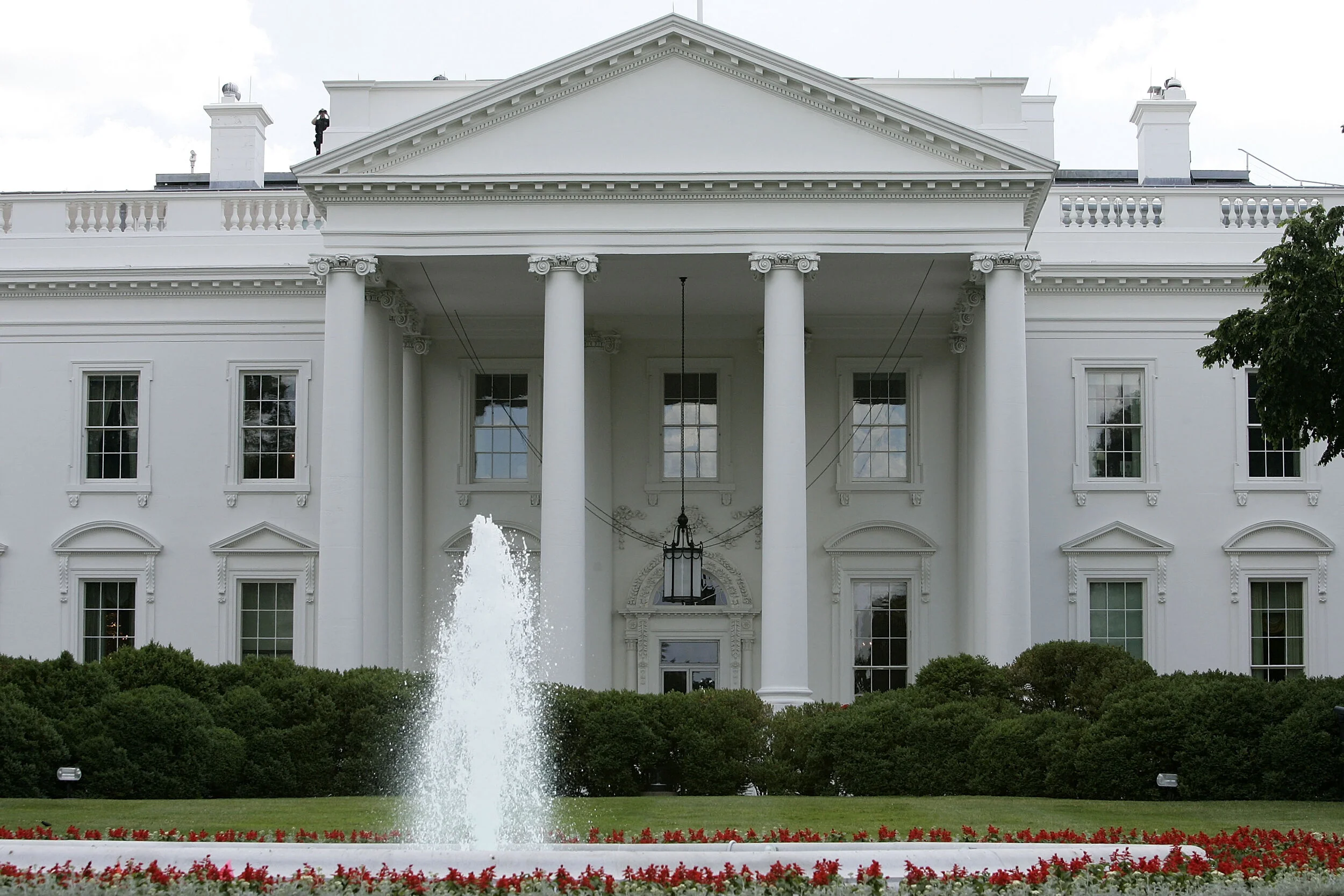QuantGov Used to Fact Check Claims About Trump-Era Regulation
January 1, 2020
By: Ethan Greist
For a few years now, factcheck.org’s quarterly “Trump’s Numbers” reports have cited RegData US Daily when describing Trump’s progress on his regulatory reform promises. These reports - first released by the popular fact checking website during the Obama administration - are meant to provide a clear overview of how major political and economic numbers have changed under each president. The implicit goal of the reports is to fact check political rhetoric about major policy issues by presenting the actual data. The site posts, for example, the most current statistics on crime rates, manufacturing sector jobs, illegal border crossings, and other data points related to hot-button issues.
RegData has been cited in all eight of the “Trump’s Numbers” reports produced so far, which is a testament to the tool’s consistency. Specifically, the reports use the RegData US Daily numbers on the total number of restrictions in the code of federal regulations. These numbers provide broad insights into the various claims made about deregulation under the Trump administration. This question first gained attention when Trump promised to slash the number of federal regulations by 70% during his candidacy. He prioritized the issue during his first few months in office by creating a “1-in-2-out” regulatory policy. Finally, in late 2017 he claimed that regulation had been brought to a “sudden, screeching, and beautiful halt”. Given his campaign promises and his several years in office, it is natural to ask what direct impact his administration has actually had on the growth and overall number of US federal regulations.
The QuantGov platform and the related RegData Project are uniquely situated to answer questions like this. Previous attempts to answer this question would have, at best, counted the number of pages in the Code of Federal Regulations (CFR) or in the Federal Register as a rough way to quantify federal regulations and how they change over time. Page counts often fail to serve as a good proxy for overall restrictiveness, however, because many pages in the CFR are bloated with non-restrictive procedural language, while some pages are densely packed with actionable regulatory language. A simple page count glosses over these distinctions. RegData US, however, is able to more closely estimate the restrictiveness of federal regulations by counting specific legally actionable restriction words within the CFR. Of course, the number of restrictions still cannot tell us which of them are more or less significant in an economic sense. Nor can it tell us which are needed, helpful, or hurtful. That normative part of the discussion still requires a high degree of interpretation subject to political bias and personal preference, whereas RegData attempts to be positive (or purely factual) in its claims.
So, what does the data gathered by RegData US say about regulation in the Trump era? Citing RegData US, factcheck.org has been able to report that the overall number of federal restrictions has, in fact, declined slightly under the Trump administration. Over the course of these 8 reports, the fact checking website initially notes the moderate decrease in the rate of regulatory growth, and then the stagnation, and finally slight reversal of regulatory growth. The average rate of yearly increase in the number of federal restrictions for any president (at least since 1970) has been about 1.5%. Under President Trump, the rate was initially a lower 0.5%, until - starting in 2019 - the overall number of federal restrictions started to decrease at a yearly rate of about 0.25%. (Click here to see where factcheck.org got this data).
The content of these reports is as interesting as their tone. Thanks to the factual basis of the data, there is no way to report a biased narrative. Instead, there is merely a steady stream of factual information which underlies a more moderate narrative about a significant but not overwhelming change in federal regulatory policy. In other words, one of the many contributions of the QuantGov platform is that journalists and policy makers finally have a solid measurement of regulatory restrictiveness with which to ground public discourse and policy decisions.

